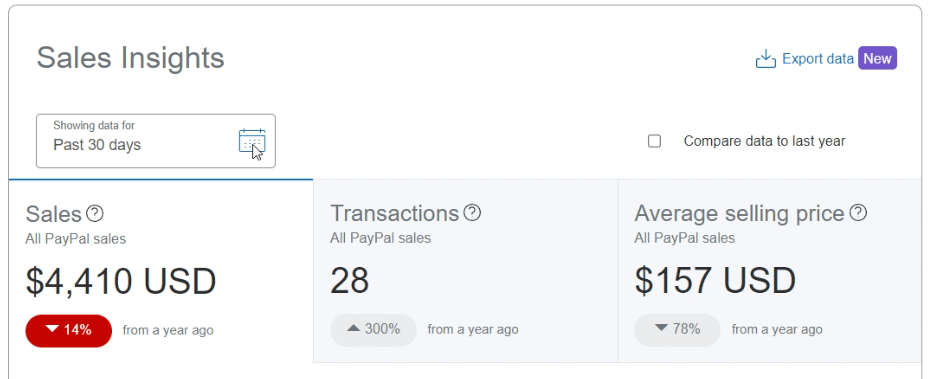AFFILIATE DISCLOSURE
This post may contain affiliate links. An affiliate means Escribr may earn referral fees if you make a purchase through our link without any extra cost to you. It helps to keep this blog afloat. Thanks for your support!
Did you know that by visiting this blog, you are doing good in the world? READ THIS.
Picture this: It’s 3 AM, and you’re racing to finish a transcription project due in four hours. Your wrists ache, your eyes burn, and you’re wondering if freelance transcription is really the dream career you imagined. Sound familiar? Whether you’re nodding in recognition or just starting your transcription journey, here’s the truth: success in freelance transcription isn’t about working harder – it’s about working smarter.
Last year, I watched countless talented transcriptionists burn out trying to “hustle harder” instead of setting strategic goals. They’d take on every project that came their way, charge rock-bottom rates, and wonder why they weren’t seeing real growth. But here’s what separates thriving transcriptionists from those barely staying afloat: purposeful goal-setting that actually moves the needle.
Forget those vague “make more money” or “work faster” goals that sound good but lead nowhere. Today, we’re diving into seven game-changing freelance transcription goals that transformed my business (and countless others’). These aren’t just feel-good suggestions – they’re practical, proven strategies that help you earn more while working less. The best part? You can start implementing them right now, no matter where you are in your transcription career.
1. Mastering Your Transcription Tools: The Foundation of Efficiency
Remember when you first started transcribing and had to pause every few seconds to rewind or adjust the playback speed? Those days can be behind you. Modern transcription tools pack powerful features that many transcriptionists never fully utilize. Taking time to master your preferred software isn’t just about pressing the right buttons – it’s about creating a seamless workflow that feels like second nature.
Start by dedicating 15 minutes each day to learning new shortcuts in your transcription software. Whether you use Express Scribe, Otter.ai, or another platform, these small time-savers add up significantly. For instance, learning to control playback speed with hotkeys instead of reaching for your mouse can save countless minutes per project.
A seasoned transcriptionist recently shared how learning all Express Scribe’s keyboard shortcuts cut her transcription time by 30%. That’s like getting back three hours for every ten hours worked – time you could spend on additional projects or much-needed relaxation.
2. Building Your Client Base: One Connection at a Time
Landing new clients might seem daunting, but breaking it down into manageable chunks makes it achievable. Setting a goal to secure one new client per month puts you on track for twelve new connections by year’s end. This steady approach prevents the feast-or-famine cycle that plagues many freelancers.
Focus on quality over quantity when reaching out to potential clients. Research companies that align with your interests and expertise. A thoughtful proposal to a podcast producer explaining your experience with timestamp formatting will likely yield better results than sending generic applications to dozens of random listings.
Consider creating a simple spreadsheet to track your outreach efforts. Note which approaches worked best and which clients provided the most satisfying projects. This information becomes invaluable as you refine your marketing strategy throughout the year.
3. Boosting Your Typing Speed: The Revenue Multiplier
Typing speed directly impacts your earning potential. While the average person types around 40 words per minute, professional transcriptionists often clock in at 75-100 WPM or higher. Setting a goal to increase your typing speed by just 5 WPM this year might seem modest, but it’s both achievable and impactful.
Use typing practice websites dedicated to transcription work rather than general typing tests. These platforms often include audio files with multiple speakers, background noise, and varying accents – situations you’ll encounter in real projects. Track your progress weekly, focusing not just on speed but maintaining accuracy.
A transcriptionist who increased their typing speed from 65 to 80 WPM shared that they could complete about two additional hours of work each week – translating to roughly $160 extra monthly income at standard rates.
4. Raising Your Rates: Valuing Your Growing Expertise
Many freelancers hesitate to raise their rates, fearing client loss. However, as your skills improve and your portfolio grows, your rates should reflect your enhanced value. Research current market rates for your specialization and experience level. You might be surprised to find you’re undercharging.
Start by increasing rates for new clients while maintaining current rates for existing ones. Once you’re comfortable with the new pricing structure, gradually inform long-term clients about upcoming rate adjustments. Frame these conversations around your improved efficiency, accuracy, and additional services you’ve begun offering.
Remember, even a modest $0.25 per audio minute increase can add hundreds to your monthly income without requiring additional work hours.
5. Developing Niche Expertise: Standing Out in the Crowd
The transcription market grows more competitive each year. Developing specialized skills helps you stand out and command higher rates. Medical transcription, legal documentation, or technical writing expertise can open doors to lucrative opportunities.
Choose a niche that interests you and matches market demand. If you enjoy podcasts, consider specializing in podcast transcription with timestamps and speaker identification. For those interested in healthcare, medical terminology courses could pave the way to higher-paying medical transcription work.
One transcriptionist shared how specializing in academic research interviews allowed them to charge 40% more than their previous general transcription rate, while working with more engaging content.
6. Establishing Healthy Work Boundaries: Preventing Burnout
Freelancing offers flexibility, but without proper boundaries, work can consume your life. Schedule regular breaks throughout your day and stick to them. Use a timer to ensure you’re taking five-minute breaks every hour to stretch and rest your eyes.
Plan your work schedule around your most productive hours. Some transcriptionists thrive early morning, while others peak in the evening. Block off non-negotiable personal time for exercise, family, or hobbies. A well-rested transcriptionist produces better work and maintains long-term career sustainability.
Consider implementing a “shutdown ritual” – a series of actions marking the end of your workday. This might include updating your project status spreadsheet, reviewing tomorrow’s tasks, and physically closing your laptop.
7. Marketing Your Services: Building Your Professional Brand
In today’s digital age, professional visibility extends beyond job boards. Creating content that showcases your expertise helps attract better-paying clients who value quality work. Share transcription tips on LinkedIn, participate in relevant Facebook groups, or start a blog about your freelance journey.
Document your successes and learning experiences. Did you successfully handle a challenging accent or technical terminology? Share these victories (while maintaining client confidentiality) to demonstrate your problem-solving abilities.
One transcriptionist built a significant client base by sharing weekly tips about audio quality improvement for recording interviews. This positioned them as an expert and attracted clients who appreciated their comprehensive understanding of the transcription process.
Wrap-Up
These goals provide a framework for growing your transcription business sustainably. Remember, progress isn’t always linear. Some months you might exceed expectations; others might present unexpected challenges. The key lies in maintaining consistent effort toward your objectives while remaining flexible enough to adjust your approach when needed.
Start by choosing one or two goals that resonate most strongly with your current situation. Create specific, measurable steps toward achieving them, and track your progress regularly. Share your goals with fellow transcriptionists or mentors who can offer support and accountability.
As you work toward these goals, remember that every expert transcriptionist started exactly where you are now. Your dedication to improvement, combined with practical goal-setting, paves the way for long-term success in the freelance transcription industry.
What’s your first step going to be? Whether it’s researching new software features, updating your rate sheet, or blocking out proper break times, taking action today moves you closer to your professional goals. The transcription industry continues to evolve, and with these focused objectives, you’re well-positioned to grow along with it.












